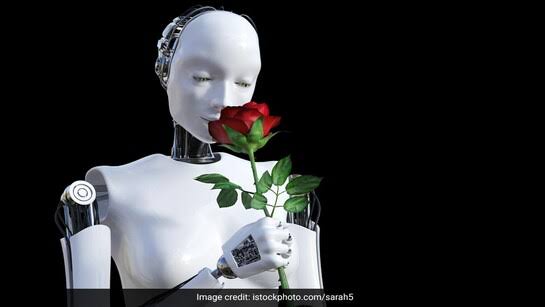For the first time, scientists have achieved a remarkable feat: teaching artificial intelligence (AI) to recognize and recreate scents. This milestone has opened the door to digitizing smells, starting with something as specific as a fresh summer plum. But how does one teach a computer to understand the complexity of scent?
How We Detect Smells
When we smell something, we’re essentially detecting molecules in the air. These molecules bind to receptors in our nose, which then send signals to our brain. For instance, the smell of a plum is a unique molecular signature interpreted by our brain as "plum." Reproducing this intricate process artificially, however, is far from straightforward.
The AI Process for Digitizing Scents
Here’s how the scientists achieved this breakthrough:
-
Capturing the Scent Molecules:
The team started by trapping scent molecules from a freshly cut plum in a specialized vial. -
Analyzing the Molecular Structure:
Using AI, they analyzed the captured molecules to identify their exact molecular structure. Think of this step as taking a highly detailed photograph, but instead of capturing light, the AI recorded the chemical signatures of the scent. -
Recreating the Scent:
The real innovation lay in the next step. The AI used the molecular "photograph" as a recipe to synthesize the same compounds from scratch. These synthetic molecules were then printed, and the result was astonishing — the recreated scent was indistinguishable from the original plum.
Potential Applications of Scent AI
This technology goes far beyond replicating pleasant aromas. The ability to digitize and reproduce smells has transformative potential in various fields:
- Healthcare: Detecting diseases through scent biomarkers, much like how dogs can sniff out certain illnesses.
- Safety: Identifying dangerous gases or environmental hazards.
- Memory Preservation: Sharing not just the sights and sounds of moments but also their smells, offering a new way to preserve experiences.
This groundbreaking achievement not only pushes the boundaries of AI but also paves the way for new sensory dimensions in technology. Imagine a world where digital experiences are no longer limited to visuals and audio but enriched with authentic scents, bringing us closer to a fully immersive reality.

Comments
Post a Comment